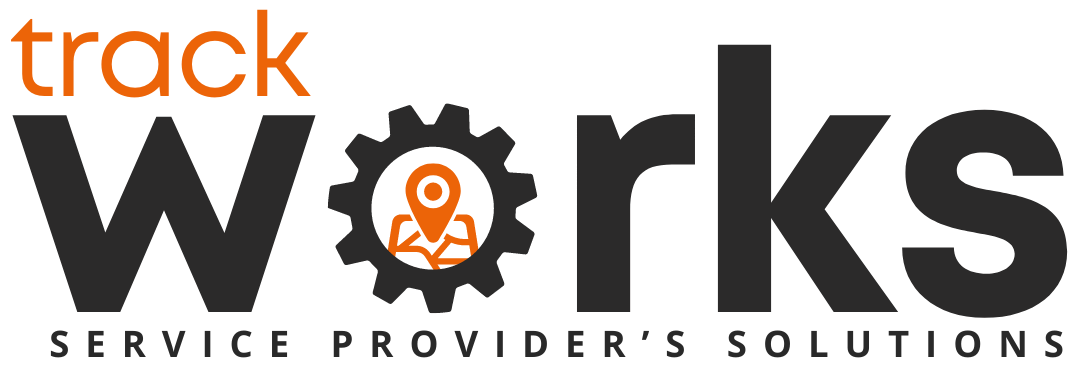How to Set Field Service Goals That Drive Measurable Growth
Field service organizations often operate under intense daily pressure — responding to emergency calls, managing schedules, and ensuring customer satisfaction. Amid this operational intensity, it is easy to overlook strategic planning. Without clearly defined goals, teams may struggle with prioritization, efficiency, and performance measurement. Setting measurable, actionable goals allows field service organizations to align operations, motivate teams, and achieve sustainable growth. This blog outlines a step-by-step approach to creating effective goals for field service management (FSM).
1. Start With Organizational Priorities
Why it matters:
Goals should support broader business objectives rather than exist in isolation. For example, improving first-time fix rates directly contributes to customer satisfaction, operational efficiency, and cost reduction.
How to implement:
- Review company vision, mission, and strategic priorities.
- Identify operational areas where improvements will have the largest impact.
- Align team-level goals with organizational outcomes for clarity and cohesion.
Practical tip: Use a top-down approach to ensure every goal contributes meaningfully to company performance.
2. Make Goals Specific and Measurable
Why it matters:
Vague goals lead to confusion, inconsistent efforts, and lack of accountability. Specific, measurable goals provide clarity and a way to track progress.
How to implement:
- Define key performance indicators (KPIs) that reflect desired outcomes. Examples include first-time fix rate, average travel time, job completion time, and customer satisfaction.
- Establish quantifiable targets, such as “Increase first-time fix rate from 85% to 92% by Q2.”
- Use data to set realistic, achievable benchmarks.
Practical tip: SMART goals — Specific, Measurable, Achievable, Relevant, and Time-bound — are particularly effective for field service teams.
3. Involve Your Team in Goal Setting
Why it matters:
Team buy-in increases engagement, accountability, and ownership of results. Goals imposed without input can feel disconnected and demotivating.
How to implement:
- Conduct workshops or meetings to discuss operational challenges and opportunities.
- Encourage technicians and dispatchers to contribute ideas for improvement.
- Ensure goals are understood, agreed upon, and clearly communicated across all roles.
Practical tip: Collaborative goal setting fosters a culture of continuous improvement and shared responsibility.
4. Prioritize Goals by Impact and Feasibility
Why it matters:
Trying to improve everything at once dilutes focus and can overwhelm teams. Prioritizing ensures that resources are allocated to initiatives that deliver the greatest benefit.
How to implement:
- Rank goals based on potential impact on efficiency, cost reduction, or customer satisfaction.
- Assess feasibility considering available resources, technology, and workforce capacity.
- Focus on a manageable number of high-impact goals each quarter.
Practical tip: Balance quick wins with longer-term initiatives to maintain momentum and demonstrate early results.
5. Use Data to Track Progress
Why it matters:
Measuring progress allows teams to adjust strategies, celebrate achievements, and identify areas needing attention.
How to implement:
- Establish baseline metrics for each goal before implementing changes.
- Use dashboards and reporting tools to track KPIs in real time.
- Conduct regular reviews to assess progress and identify corrective actions.
Practical tip: Integrate FSM data with reporting platforms for a comprehensive view of performance across the organization.
6. Set Stretch Goals to Encourage Growth
Why it matters:
While realistic goals are essential, stretch goals inspire innovation and drive teams to exceed expectations.
How to implement:
- Establish ambitious but achievable targets for select KPIs.
- Recognize and reward progress toward these goals to reinforce motivation.
- Encourage experimentation and learning from both successes and setbacks.
Practical tip: Stretch goals should complement, not replace, achievable operational targets — they are a tool for growth, not pressure.
7. Review and Adjust Goals Regularly
Why it matters:
Field service operations are dynamic. Unexpected challenges such as staffing changes, equipment failures, or market shifts require agility.
How to implement:
- Conduct quarterly or monthly goal reviews.
- Adjust targets based on performance data and evolving business priorities.
- Communicate changes clearly to maintain alignment and focus.
Practical tip: Treat goal setting as an ongoing process, not a one-time event, to ensure relevance and effectiveness.
Conclusion
Setting strategic, measurable, and actionable goals is essential for field service teams aiming to improve efficiency, reduce costs, and enhance customer satisfaction. By aligning goals with organizational priorities, involving the team, prioritizing impact, leveraging data, and maintaining flexibility, field service leaders can drive meaningful, measurable growth in 2025 and beyond.




No responses yet